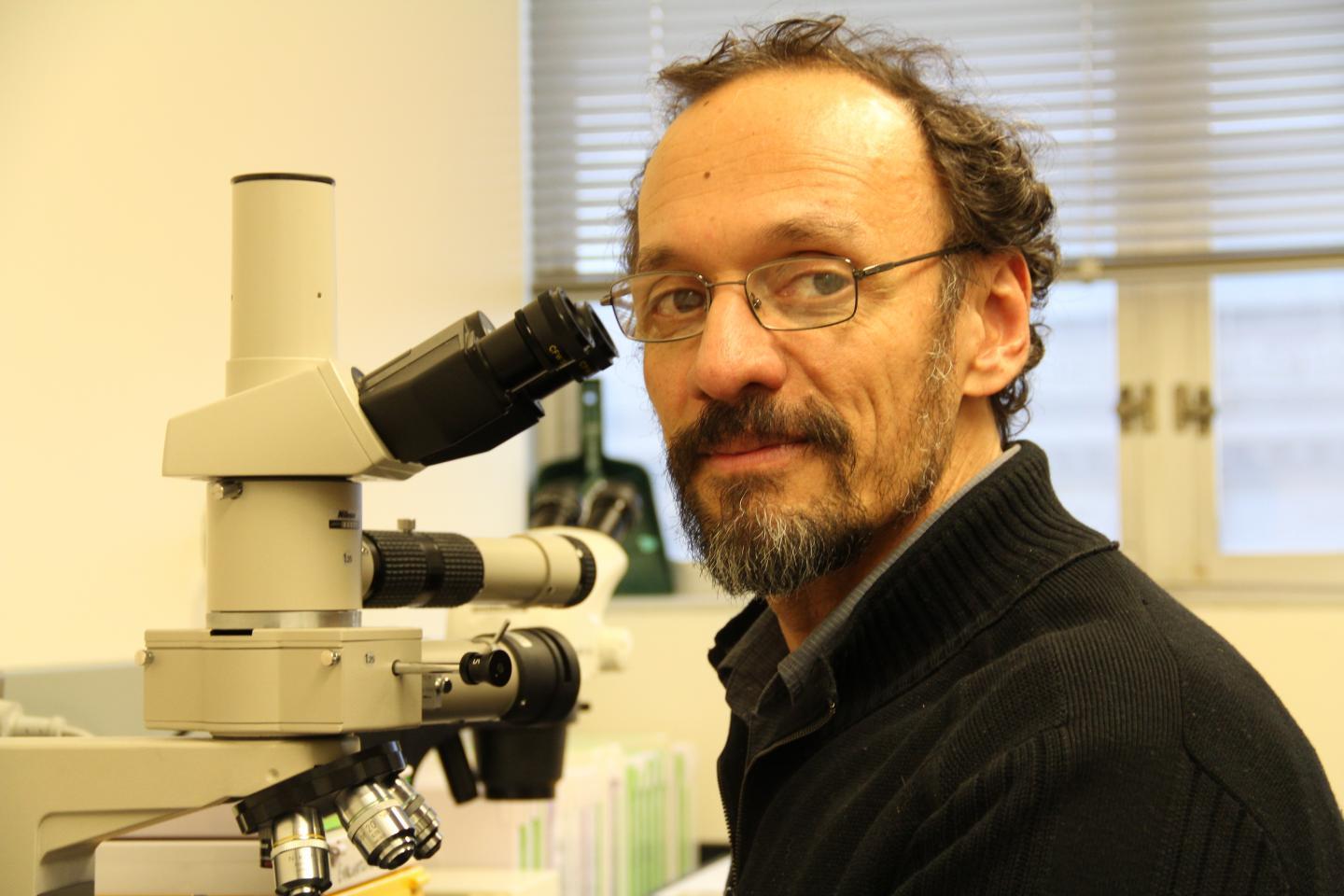PORTLAND, Ore. -- A large international group of scientists, including an Oregon Health & Science University neuroscientist, is publishing this week the results of a first-ever look at the genome of dozens of common birds. The scientists' research tells the story of how modern birds evolved after the mass extinction that wiped out dinosaurs and almost everything else on Earth 66 million years ago, and gives new details on how birds came to have feathers, flight and song.
The consortium of more than 200 scientists is publishing its findings nearly simultaneously this week in 23 papers -- eight papers in a Dec. 12 special issue of Science and 15 more in Genome Biology, BMC Genomics and other journals.
Taken as a whole, the papers give science important new insights into the family tree of birds, including the molecular details of the burst of evolution in birds that quickly followed the mass extinction of three-quarters of Earth's plants and animals. Non-avian dinosaurs didn't survive that extinction but avian dinosaurs, what came to be today's birds, did. Birds fairly quickly -- on an evolutionary scale, over several million years -- developed into more than 10,000 species.
"This project generated an unprecedented amount of genomic data for a single group of vertebrates," said Claudio Mello, Ph.D., professor of behavioral neuroscience in the OHSU School of Medicine and co-author or senior author on several of the consortium's papers. "The high diversity of birds is fascinating to us all, and definitely influenced Darwin when he used finches on the Galapagos Islands to help formulate his theory of evolution. But that diversity has also presented challenges in understanding birds' family tree. The new data helped build a more accurate tree of life of birds, but also led to a much deeper understanding of how changes in the genome of a dinosaur ancestor gave rise to many typical bird traits."
As part of the project, the consortium sequenced and compared the full genomes of 48 bird species, including the crow, duck, falcon, parakeet, crane, woodpecker, eagle and dozens of others. The genomes sequenced represented all major branches of modern birds. A hummingbird species prevalent in the Pacific Northwest was among the bird species analyzed. The species, called Anna's hummingbird, was provided by Mello's lab.

This is Claudio Mello Ph.D, of Oregon Health & Science University.
(Photo Credit: Oregon Health & Science University)
The work involved scientists working in a half dozen countries with nine supercomputers and the equivalent of 400 years of computer processing time.
Among other things, the consortium's work helps scientists understand connections between different species of birds -- connections they didn't know existed before. The work also reveals how vocal "learning" of songs evolved in songbirds, and shows that many of the genes involved in that learning are similar to genes involved in human speech.
"Our data helped solidify the surprising notion that parrots and songbirds are sister groups in the tree of life of birds, so their shared ability to learn songs -- in the case of parrots, human speech sounds -- likely had a common origin," Mello said. "In contrast, hummingbirds are separate, so their ability to learn songs -- yes, hummingbirds sing and learn how to sing from their parents -- arose separately in evolution."
Mello is an international expert on the science of songbirds' learning their vocalizations. He was co-author of three of the Science articles and the senior author on two other papers. The Mello lab also has been involved in cataloging the brain expression of a large collection of genes in songbirds, an online atlas that played a fundamental role in the comparative studies of the consortium.
A Science paper co-authored by Mello focused on genes in songbird brains associated with learning songs. Many of these genes are the same as genes in the human brain associated with language and speech. Another paper on which Mello was senior author looked at genes unique to songbirds that arose as birds evolved to improve vocal learning.
"In both cases, we believe that finding these genes takes us one step closer to understanding the biological and genetic basis of vocal learning -- which in humans is the basis for speech and language learning," Mello said. "This may help us to better understand how speech and language work, and also identify some possible genetic causes of speech and language impairments, a novel and exciting area of research that sounded very esoteric not too long ago. The studies in birds will help us understand where and how these genes work in the brain, and thus devise better approaches to combat speech problems in humans."
The consortium was led by Guojie Zhang of the National Genebank at BGI in China and the University of Copenhagen, M. Thomas P. Gilbert of the Natural History Museum of Denmark, and Erich D. Jarvis of Duke University and the Howard Hughes Medical Institute. Jarvis and Mello have collaborated closely over several years and have co-authored studies that fully mapped vocal control centers in the brains of parrots and hummingbirds.